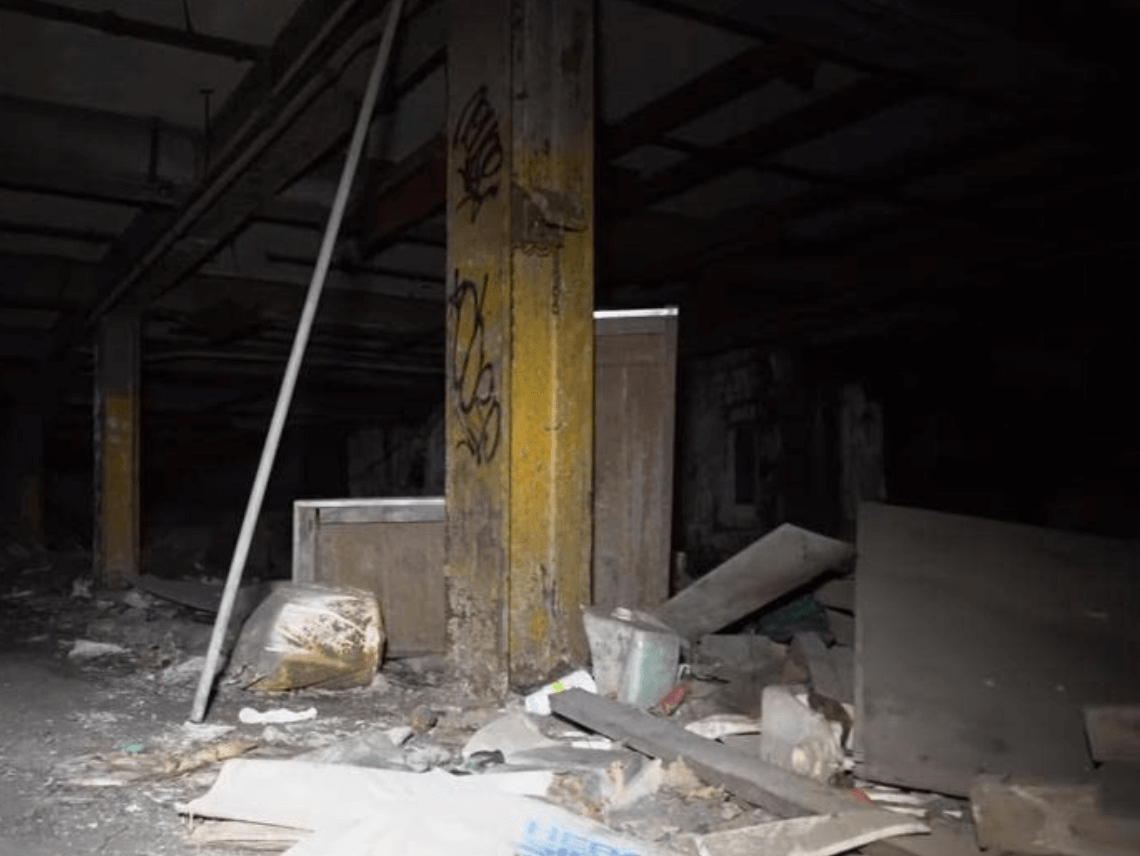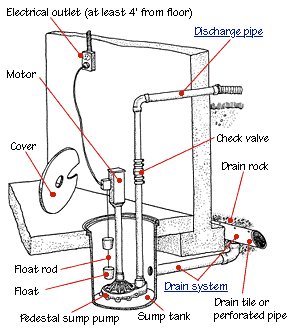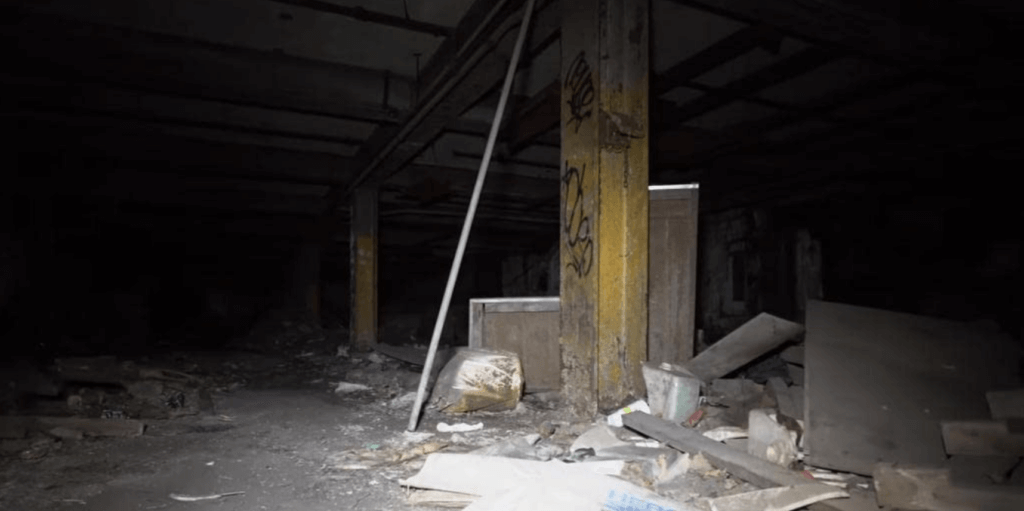
March 26, 2023
Bad Basements (and how to fix them)
If you’re moving out of the city and looking for something more rural, there’s a bunch of stuff you should know about basements. We speak from experience as almost everyone on the Davies & Co. Real Estate Team has lived in the country. So let us break down the most important things you’ll need to consider.
Topography
The slope of the land will greatly affect how water drains from the area around your home. If your land or gardens are sloped towards the home, it will increase the risk of water penetrating the wall and seeping into the basement. Especially in a block wall foundation. If the grading is directed towards the home, to protect your investment you should adjust the grading around the home.
Soil Type
The type of soil around your home has an impact on how water is absorbed and drained from the area. Certain types of soil, such as clay, hold water for longer periods of time, which can increase the risk of basement flooding. If your basement is properly sealed, this shouldn't cause any issues – however, if you have a block foundation in an older home, make sure you have it inspected.
Drainage
It’s important that your home is properly equipped to remove rain or snow away from the building and foundation. During your home inspection, check for proper drainage systems around the property, like gutters and downspouts. The idea is to direct water away from the home.
Water Table
When you’re inspecting a rural property, take into consideration the water table. The water table refers to the level of groundwater beneath a property. You can have a high water table – meaning that the water isn’t super deep below the foundation – or you can have a low water table, which means there’s little water presence under your home. Nothing’s wrong with a “high water table.” It just means you’ll need a sump pump to pump the water away from the basement foundation.
Sump Pump
You may not have heard of one of these gadgets before looking into rural homes – but it’s a super effective system to move water away from the home. Here’s how it works: during construction, builders will make a pit in the concrete to allow water to drain below the foundation. The sump pump lives inside the pit – and detects when water has entered the pit, and then pumps the water out and away from the house. Once upon a time, sump pumps were only used in areas prone to flooding – but actually, in the Quinte area, all new builds are now required to have a sump pump whether there is a high water table or not.
How to Fix Your Basement
It is very common to find water concerns when inspecting a property, but it’s not the end of the world. All you have to do is redirect the water away from your home (or pump it out) to minimize issues in the future. The best way to mitigate any problems is to hire an expert realtor and perform a thorough home inspection before purchasing.
DAVIES & CO.
REAL ESTATE TEAM
LICENSED REALTORS®
DIRECT: 613-707-4812
daviesandcompany@royallepage.ca





Royal LePage ProAlliance Realty, Brokerage - 357 Front Street, Belleville, ON K8N 2Z9 | OFFICE: 613.966.6060

The trade marks displayed on this site, including CREA®, MLS®, Multiple Listing Service®, and the associated logos and design marks are owned by the Canadian Real Estate Association. REALTOR® is a trade mark of REALTOR® Canada Inc., a corporation owned by Canadian Real Estate Association and the National Association of REALTORS®. Other trade marks may be owned by real estate boards and other third parties. Nothing contained on this site gives any user the right or license to use any trade mark displayed on this site without the express permission of the owner.
powered by webkits


